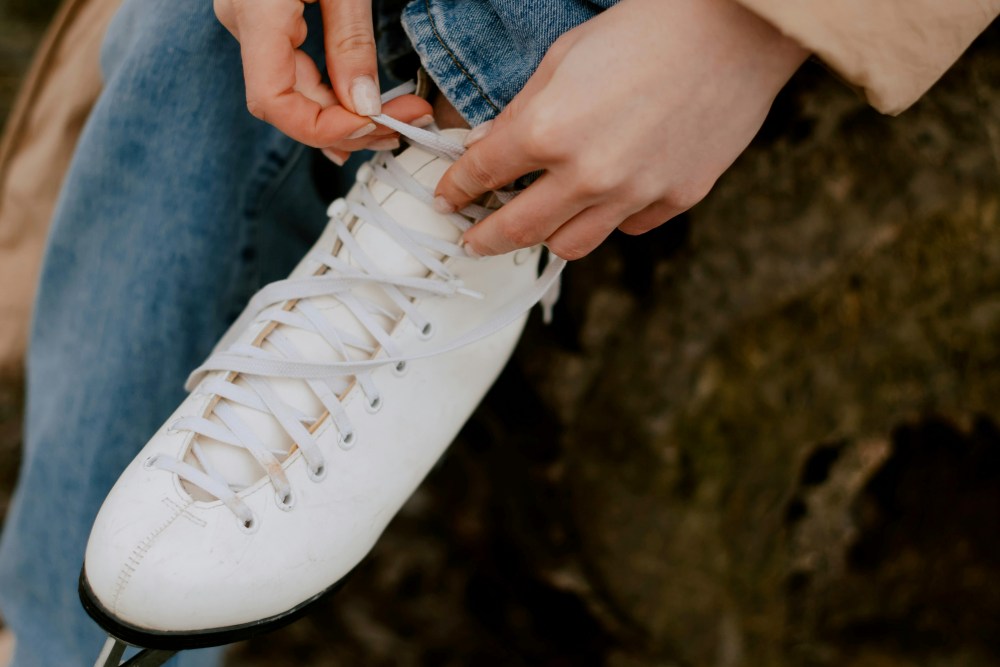
Learning to ice skate is an exhilarating experience that allows you to glide across the ice with grace and confidence. However, like any skill, ice skating requires practice, patience, and the mastery of key abilities to achieve proficiency. Whether you're learning to skate for fun, for fitness, or with aspirations to pursue figure skating or ice hockey, the foundation of successful skating lies in mastering five essential skills. These skills are not only vital for your safety but also crucial for developing smooth, controlled movements on the ice. With the right mindset and consistent practice, these skills can transform a beginner's tentative steps into the confident, fluid motions of an experienced skater.
Balance and Posture
Balance is the cornerstone of all ice skating movements, and learning to maintain a stable posture is crucial for both beginners and advanced skaters. When you step onto the ice, the first challenge is keeping your body upright without falling. To do so, you must practice shifting your weight over your skates, keeping your knees slightly bent and your core engaged. This posture helps you distribute your weight evenly and absorb the natural movements of the ice. Avoid leaning too far forward or backward, as this can throw off your balance. Instead, focus on staying centered over your skates, allowing for a fluid, natural movement that will help you glide and pivot effectively. As you practice, your body will naturally adjust to finding the perfect balance, and soon, you'll feel more at ease and confident on the ice.
Gliding and Striding
Once you've established a stable base, it's time to learn how to glide across the ice. Gliding is the primary motion in ice skating, and learning to move smoothly and efficiently is essential for building speed and control. To glide properly, you must use the edges of your skates to create friction with the ice, propelling yourself forward. Begin by gently pushing off with one skate while keeping the other in a neutral position. As your foot leaves the ice, make sure to glide with your weight distributed evenly, allowing your skate to glide effortlessly. Striding is an extension of gliding, where you alternate pushing off with each skate to gain more momentum. With practice, these motions will become second nature, and your strides will become longer and smoother, enabling you to glide across the rink with ease.
Stopping Techniques
Knowing how to stop effectively is one of the most important skills in ice skating, especially when you're moving at higher speeds. There are several techniques for stopping, but the most common ones are the snowplow stop and the T-stop. The snowplow stop involves pointing your toes inward while pushing the edges of your skates outward in a V
shape. This creates friction against the ice, gradually slowing you down until you come to a complete stop. The T-stop, on the other hand, involves positioning one skate perpendicular to the other, creating a T
shape. By applying pressure to the skate in the perpendicular position, you'll slow down and stop. Both techniques require practice to execute smoothly, but mastering these stops will give you greater control and confidence while skating.
Turning and Pivoting
Turning and pivoting are key elements of ice skating that allow you to navigate the rink with precision. Turning involves shifting your weight from one skate to the other while using your body's momentum to guide the direction of your movement. To execute a basic turn, lean your body slightly in the direction you wish to turn, making sure to maintain balance as you shift your weight from one skate to the other. Pivoting, a more advanced technique, involves rotating your body on one skate while keeping the other skate stationary. This allows you to change direction quickly and efficiently. Whether you're making a sharp turn or performing a graceful spin, these movements will significantly enhance your skating ability and add fluidity to your routines.
Confidence and Mental Focus
Perhaps the most underrated skill in learning to ice skate is mental focus. Overcoming fear and building confidence on the ice can be challenging, but it is essential for making progress. It's normal to feel anxious or uncertain when you're starting out, but as you continue to practice and build your skills, your confidence will grow. One effective way to boost your confidence is to set small, achievable goals, such as skating a certain distance without falling or mastering a particular stop. These milestones will help you stay motivated and focused on your progress. Mental focus is also important when learning more advanced techniques, such as spins or jumps. Concentrating on your movements and staying present in the moment will help you execute these complex skills with more precision and control.
Learning to ice skate is a rewarding journey that requires patience, practice, and dedication. By mastering the fundamental skills of balance, gliding, stopping, turning, and mental focus, you'll be well on your way to becoming a skilled skater. Remember that improvement comes with time, and it's important to stay persistent, even when progress feels slow. Each time you step onto the ice, you'll gain more control over your movements and grow more confident in your ability. With the right mindset and consistent effort, ice skating can become not just a skill, but an art form that allows you to express yourself in a fluid and beautiful way.
MORE ON THE FLASH LIST
































